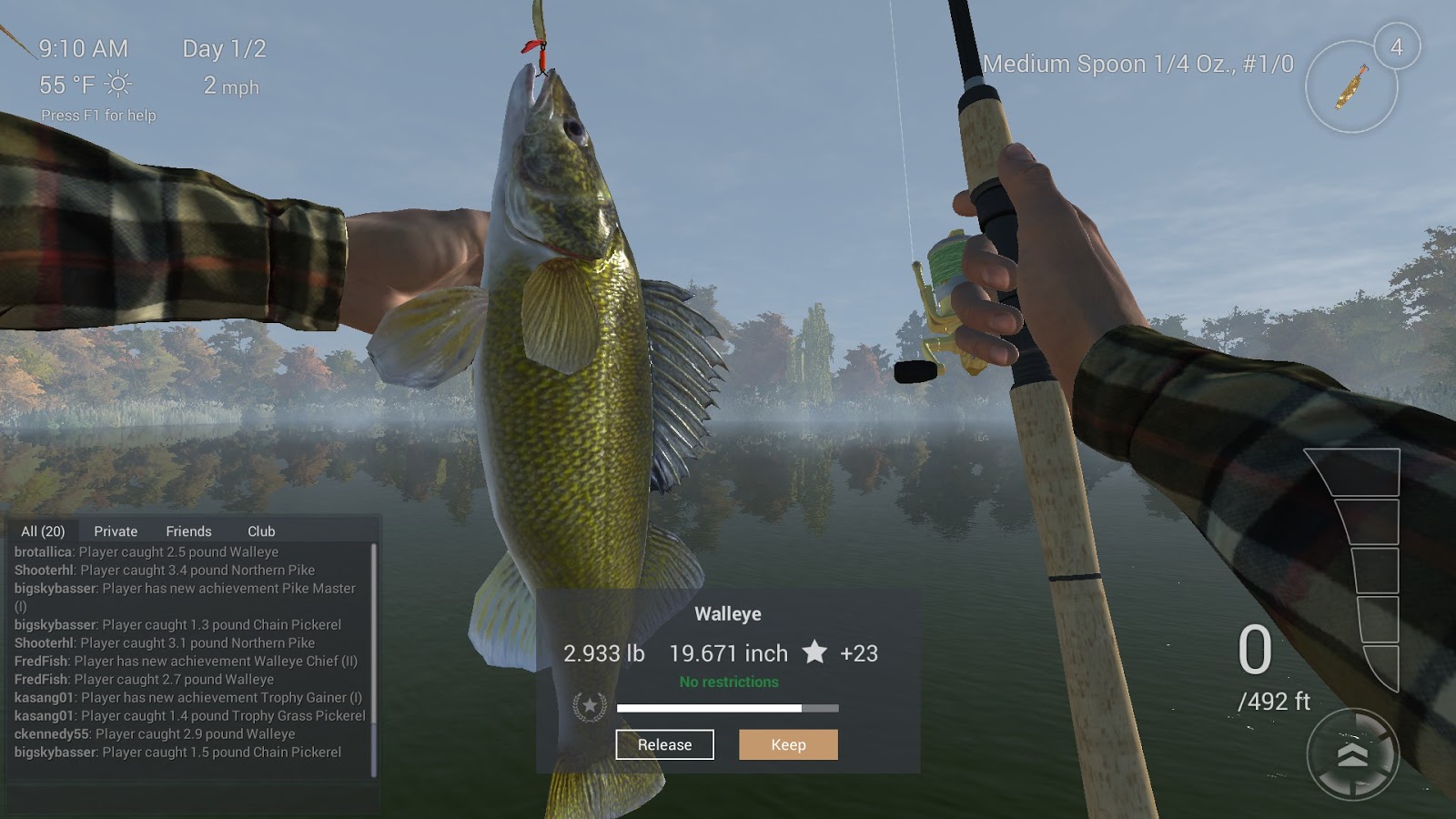
Some would argue that Thanksgiving is all about the sides. But lower yields - which may become more common in a changing climate - can affect the price and availability of feed, McDermid said. Although each region will experience the effects of climate change differently, studies show that rising temperatures can stress birds, causing them to grow at a slower rate or even die.įarmers feed the millions of birds produced commercially each year with corn and grain crops. Most turkey that ends up on Thanksgiving tables comes from eight states, spread across the country: California, Minnesota, Iowa, Missouri, Arkansas, Indiana, Virginia and North Carolina. So what does this mean for the future of our Thanksgiving tables? Let’s start planning the feast.

“You can bet that under climate change scenarios, corn, cranberries, leafy greens like creamed spinach turkey - all of these commodities are going to be constrained,” said Jessica Fanzo, professor of global food and agricultural policy and ethics at Johns Hopkins University and one of the authors of the report. But food is already changing because of the warming climate. It’s a complicated dynamic: To mitigate the effects of global warming, we need to change agricultural practices. Agriculture is responsible for up to 30 percent of global greenhouse-gas emissions and 70 percent of freshwater use. But food production is the largest cause of global environmental change, according a report authored by a consortium of scientists.

Thanksgiving, one of the few nonreligious American holidays that most Americans celebrate, is centered around the notion of gathering for the autumnal harvest, said Amy Bentley, professor of food studies at New York University.


 0 kommentar(er)
0 kommentar(er)
